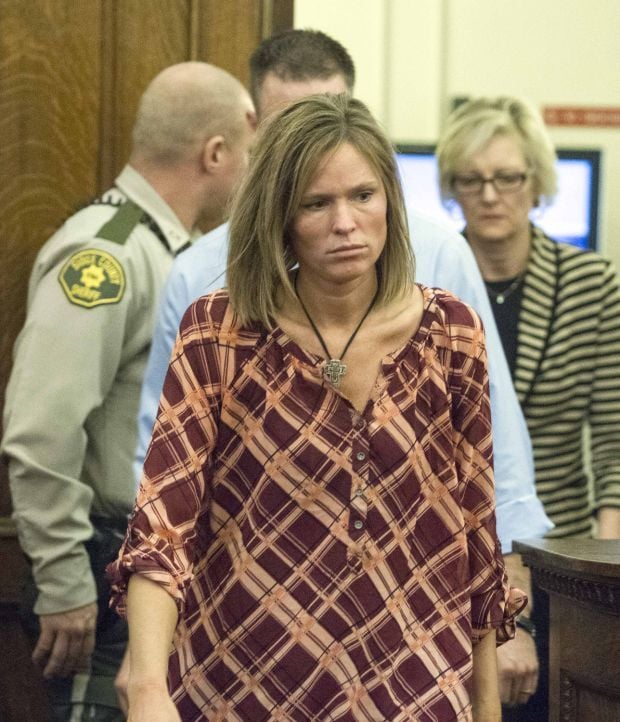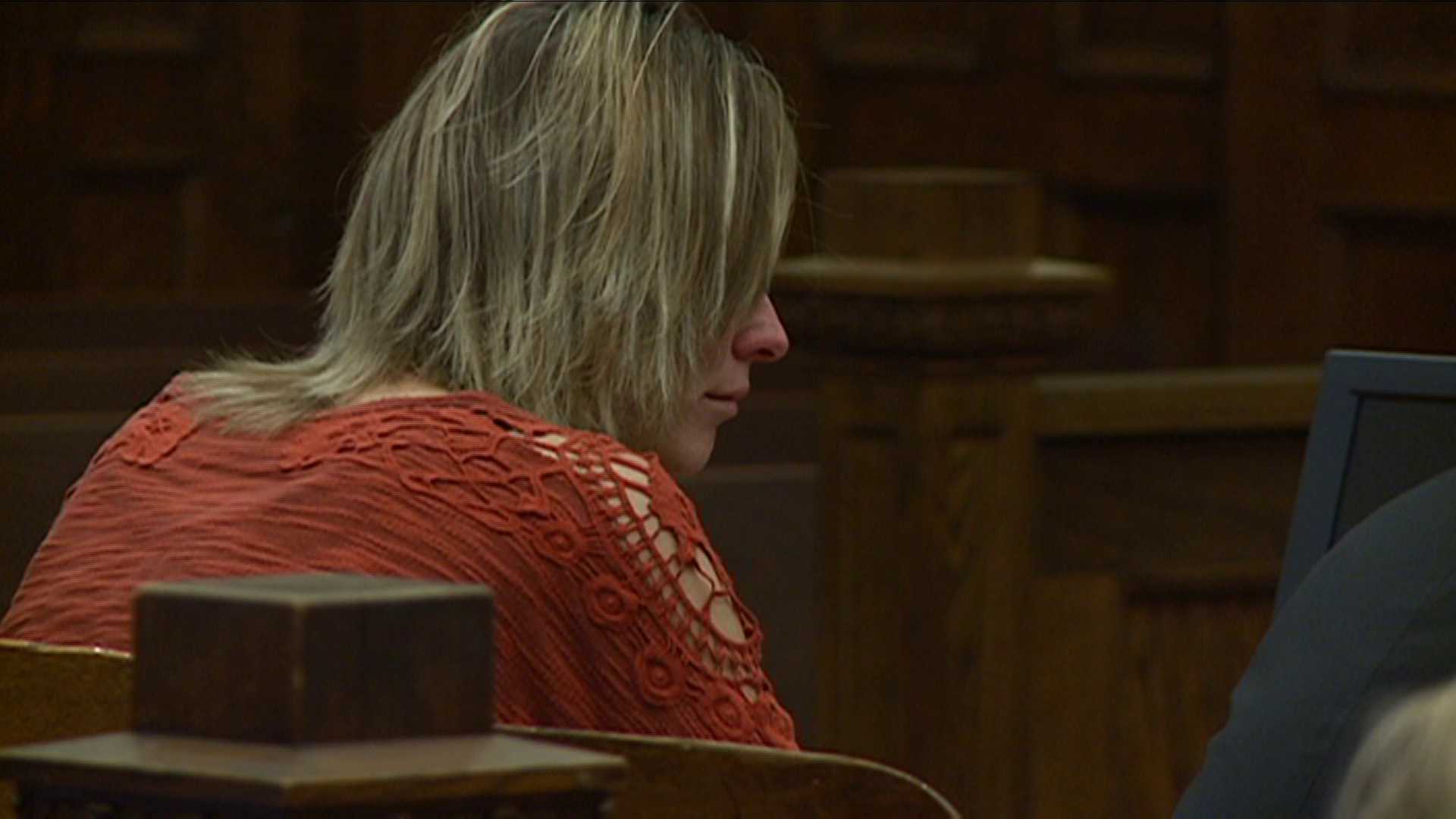Breaking: Rochelle Sapp Case - Updates & Developments
Can a single act shatter the innocence of a child and forever alter the lives of those touched by tragedy? The case of Rochelle Sapp and the death of Autumn Elgersma in Orange City, Iowa, stands as a stark reminder of the devastating consequences of violence and the complexities of the legal system.
The story began in Orange City, a close-knit community where the roles of caregiver and perpetrator became tragically intertwined. Rochelle Sapp, a daycare provider, entered a guilty plea to involuntary manslaughter and child endangerment charges, stemming from the death of three-year-old Autumn Elgersma. Sapp admitted to the court that she had dropped the toddler, an admission that sent shockwaves through the community and initiated a painful journey for Autumn's family.
| Category | Details |
|---|---|
| Full Name | Rochelle Sapp (also known as Rochelle Dokter, Rochelle L. Dokter, Rochelle L. Sapp, and Rocelle Sapp) |
| Date of Birth | February 29, 1980 (44 years old as of the latest information) |
| Current Residence | Information not available |
| Previous Residences | Orange City, IA; Chino, CA |
| Occupation | Records at Sioux County Sheriff's Office (Presently), Former daycare provider |
| Legal Charges | Involuntary Manslaughter, Child Endangerment Resulting in Death, and Multiple Acts of Child Endangerment. Initially charged with child endangerment resulting in serious injury and willful injury to a child. |
| Sentence | Initially sentenced to 100 years in prison; sentence later modified by a judge. |
| Key Events |
|
| Legal Representation | Edward Bjornstad (Defense Attorney) |
| Court of Jurisdiction | Sioux County District Court, Orange City, Iowa |
| Family Reaction | Autumn's family expressed shock and outrage at the modification of the sentence. |
| Affiliations | No Information Available. |
| Additional Information | Called Autumn Elgersma's mother and claimed that her daughter had injured her head in a fall. |
| Reference Website | LinkedIn profile |
The legal proceedings unfolded in the Sioux County District Court in Orange City. Sapp's initial sentence of 100 years in prison was a reflection of the severity of the crimes. However, the subsequent modification of that sentence by a judge sparked anger and disbelief among Autumn's family, who had hoped for a more decisive punishment. The courtroom became a stage for raw emotions, as Sapp delivered an emotional plea, while Autumns family struggled to find solace amid their grief. The lack of an apology further deepened their pain, highlighting the complex web of emotions surrounding the case.
The physical evidence played a crucial role in determining the outcome of the case. Autopsy results confirmed that Autumn Elgersma died as a result of a blunt force head injury. This finding was central to the charges against Sapp, underscoring the violent nature of the act that led to the toddler's death. Sapp's attorney, Edward Bjornstad, attempted to suppress her statements and cellphone records, highlighting the importance of evidence in the legal process. These details, along with witness testimonies and other collected data, were carefully examined to build a comprehensive understanding of the events.
The legal strategy of the defense team was focused on several key factors. Edward Bjornstad, Sapp's attorney, expressed concerns about the potential for media coverage to affect the selection of an impartial jury. The defenses objective was to protect Sapps rights throughout the trial by fighting against the inclusion of potentially damaging evidence. They wanted to protect her interests and ensure the fairest possible legal proceeding.
The community in Orange City was deeply affected by the tragic circumstances surrounding Autumn's death. The incident brought daycare practices into the public eye and raised questions about the well-being of children. It served as a painful reminder that no one is immune to the pain and trauma of child endangerment. The legal and emotional aftermath of this tragedy affected every member of the community.
The case saw Sapp facing new charges, and the possibility of additional consequences underscored the gravity of her actions. As the details were revealed, the community felt the weight of the loss felt by Autumns family. The media coverage and public discussions surrounding the case reflected the community's collective grief and their need for justice for the young victim.
The court was a focal point during the plea and sentencing hearing. As Sapp entered the courtroom with her husband, the intensity of the situation became apparent. The act that took place was the central issue, with the court trying to balance the gravity of the crime with the laws and the feelings of the community. These events shaped the perception of this case and the people affected.
The case also shed light on the challenges faced by the Iowa legal system. The legal processes unfolded with many twists and turns, as is common in cases of this complexity. The involvement of various legal professionals, including the prosecutor and the defense attorney, highlighted the dedication and commitment required to address such issues. The judicial system had to balance the pursuit of justice with the need to respect the rights of all parties involved.
The emotional distress surrounding Autumn Elgersma's death was palpable. The lack of an apology from Sapp deepened the anguish of the victim's family. Their experience reflected the broader impact of the crime. The incident left a lasting scar on everyone involved, creating a need for time and healing.
The details surrounding Autumn's death and the subsequent legal actions demonstrated the importance of accountability. The charges against Sapp, including involuntary manslaughter and child endangerment, emphasized the seriousness of the offense. The legal system focused on the critical aspects, from the physical injuries sustained by Autumn to the actions of the daycare provider. The efforts of the authorities highlighted the need for justice and the importance of protecting the vulnerable.
The incident provided an opportunity to reflect on the responsibilities of childcare providers. The events highlighted the importance of safety and trust. The tragedy prompted discussions about the essential role of the daycare system and the importance of taking care of young children. The case also gave an insight into the need for effective monitoring.
The tragic circumstances surrounding Autumns death brought up vital concerns about the wellbeing of children. The legal proceedings and the emotional distress of the case showed the need for community awareness and support. The tragedy brought together local groups, families, and the authorities.
The case of Rochelle Sapp and the death of Autumn Elgersma serves as a poignant reminder of the profound impact of individual actions and the lasting effects of tragedy. The case remains a solemn chapter in the history of Orange City. As time passes, the people involved seek to heal and find solace in memories. The memory of Autumn Elgersma's life acts as a reminder of the need for vigilance and dedication.


